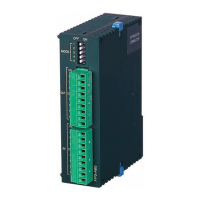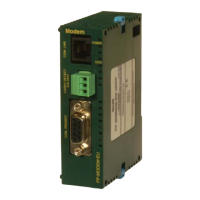2.7 Explanation of constants
2.7.1 K Signed decimal constant
■
How signed decimal constant (K) works
● The constant is a value which has been converted from binary data into decimal data. When
entering the constant, specify "K" before the numerical value.
● The constant is primarily used to specify data sizes and quantities.
● In the PLC, the decimal constant (K) is processed as binary (BIN) data in word units of 16
bits, as shown below.
● The positive/negative sign is determined by the most significant bit (sign bit). A "0" indicates
a positive sign (+), and a "1" indicates a negative sign (-).
● Data is normally handled in units of one word (16 bits), however, it is also occasionally
handled in units of two words (32 bits). In this case, as well, the most significant bit serves as
the sign bit.
■
Format for signed decimal constant (K)
<Example> Decimal "+32" (K32)
<Example> Decimal "-32" (K-32)
■
Range that can be specified using a decimal constant (K)
Operation Available range
16-bit operation K-32,768 to K32,767
32-bit operation K-2,147483648 to K2,147,483,647
2.7.2 U Unsigned decimal constant
■
How unsigned decimal constant (U) works
● The constant is a value which has been converted from binary data into decimal data. When
entering and reading the constant, specify "U" before the numerical value.
2.7 Explanation of constants
WUME-FP7CPUPGR-12 2-41

